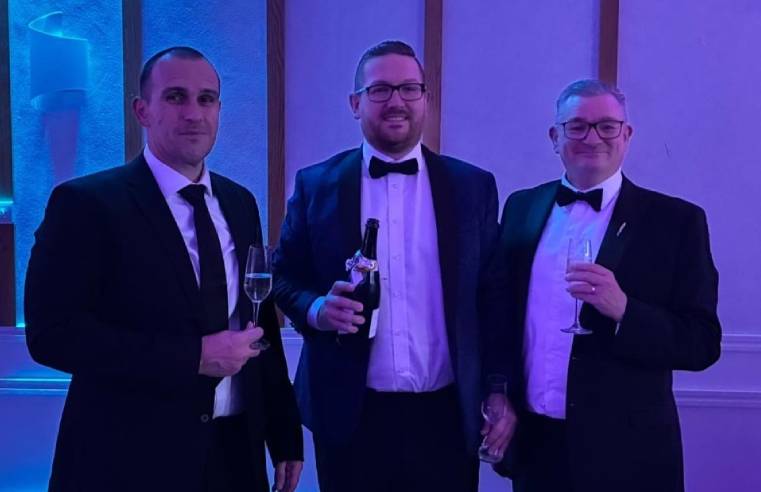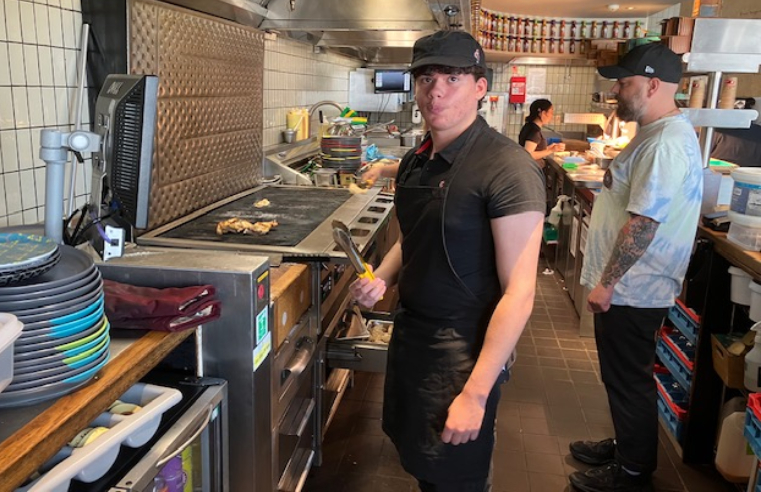Lightweight screens from Smartlouvre have proved invaluable for patients and staff at an NHS hospital in Hampshire during the COVID-19 pandemic, helping to reduce heat; improve air quality and remove the need for germ-circulating ventilation systems.
MicroLouvre, manufactured by Smartlouvre, are lightweight screens that easily attach to the outside of any windows, and have exceptional solar shading, natural ventilation and daylighting capabilities. Laboratory tests and previous case studies have proven that MicroLouvre can save up to 68% in air conditioning usage.
The fact that coronavirus is transmissible by airborne particles means it has been recommended that hospitals, care homes, schools and public buildings find ways to naturally ventilate and reduce temperatures inside the building. In high-rise buildings, such as hospitals, temperatures on wards can reach staggering heights of 30+ degrees centigrade.
In April 2020, at the beginning of the coronavirus pandemic, Smartlouvre was commissioned to install MicroLouvre screens on the Microbiology laboratory at an NHS Hospital in Hampshire on a trial run basis. The installer, Tim Powell, was met with initial resistance from the laboratory technicians as they were concerned that they wouldn’t be able to use their mobile air conditioning units which hang out of the windows. As chance would have it, whilst Tim Powell was explaining that the introduction of the MicroLouvres would remove the need for the portable air conditioning units, a Ward Sister walked past overhearing the exchange, and found that the product was exactly what they needed on her ward. She requested that the facilities manager provide them for her ward, after receiving continuous complaints from staff and patients that the living and working conditions were unbearably hot. Despite questions over budget, MicroLouvre screens had been installed for the laboratory and the entire ward by June 2020. The vast improvement was soon noticed, and the hospital no longer needed 40 mobile air conditioning units, nor were they required in the laboratory, and the windows could easily be opened for natural ventilation.
In 2015, Smartlouvre bought the rights to produce MicroLouvre, previously known as Koolshade, which has been installed on properties worldwide for more than 60 years. Due to the louvres being woven from corrosion-resistant, non-combustible, 90% copper alloys, MicroLouvre is able to stand the test of time. Its eco-friendly properties make it a revolution in clean energy, with the product being 100% recyclable and drastically reducing the need for artificial cooling systems.
In 2020, Smartlouvre teamed up with simulation software company Simscale. Using a simulation of the exact metrics of the product, they were able to calculate and prove the efficiency of MicroLouvre for today’s building modelling, previously only determined from practical use. Imputing a face-on open area of 67%, which increases to a phenomenal 80% at the 17° louvre angle, and a weight of only 1.1kg/m2, the pressure drop measured for 220mm x 220mm was only 40Pa, a discharge coefficient equivalent to a 400mm x 400mm square top hung window tilted outward 45 degrees nearly 3.5 times bigger. The simulation also showed that air passing through the angled louvres created an upward laminar airflow, inducing a current of air that moves across the ceiling and more effectively distributes clean air through the room.
Based on the above simulations, Smartlouvre and Simscale were able to prove that the product passes the threshold for multiple accreditations under the world’s leading sustainability assessment method, BREEAM, including HEA4 Credit for thermal comfort and reducing overheating risk, and ENE1 Energy Credit for reducing cooling demand leading to lower electricity use and carbon emissions. It also surpasses the GLA overheating criteria to reduce high risk of solar gains and thermal comfort issues on glass buildings, LEED EA Energy Credit to reduce demand, use free energy, and increase efficiency, as well as the Indoor Environmental Quality (EQ) for Ventilation Effectiveness, Thermal Comfort, and Daylight and Views.
Additionally, studies carried out by the California Lawrence Berkeley National Laboratory (LBNL) for a leading US energy company, concluded that the larger the surface area that MicroLouvre is covering, the more effective it is likely to be. Furthermore, using their data for CO2 emissions reduced by MicroLouvre, Smartlouvre calculated the approximate CO2 savings over the lifespan of a building with MicroLouvre. LBNL’s study used results based on two clear sunny days in October 2015, with both buildings with and without MicroLouvre having south-facing windows, glazing and HVAC system, and a room temperature of 21°C. The results showed that you save 0.78kWh/m2 per day, which means, using The United States Energy Information Agency’s publication from 2018 that 0.99lbs of CO2 is produced to deliver 1kW of electricity, assuming that an average building has a lifespan of 50 years, and you would usually need air conditioning for around five months of the year, you would save approximately 2.9 short tonnes (US) of CO2, or 2.6 metric tonnes of CO2/m2.
Smartlouvre has the potential to revolutionise the clean energy solar industry and solve the ventilation issue during the current COVID-19 pandemic.
For more information or to book your free sample, visit https://www.smartlouvre.com or call on +44 239 245 6333.

























